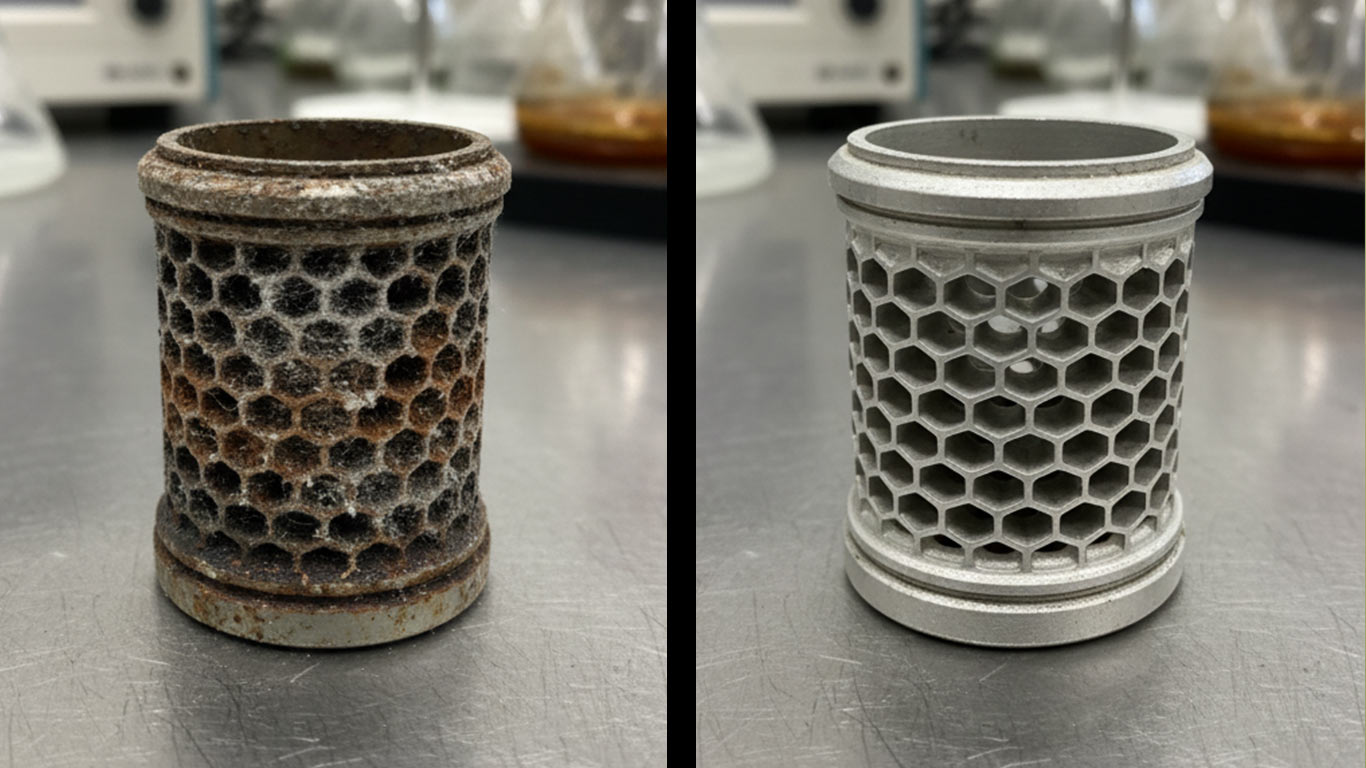
FDA
FDA 21 CFR 1040.10 - Laser Product Performance Standards



When laser cleaning cerium, watch out for its relative softness that can cause surface deformation, though its strong reflectivity limits heat penetration and restores precision in optical components
The contaminated surface appears rough and uneven under magnification. Irregular deposits cover much of the metal, hiding its natural features. Scattered debris clings tightly, creating a dull and patchy overall look.
Laser treatment restores a smooth and uniform surface free of residues. The metal now shows clear grain patterns without any clinging particles. A consistent shine emerges, revealing the underlying clean texture.

FDA 21 CFR 1040.10 - Laser Product Performance Standards

ANSI Z136.1 - Safe Use of Lasers

IEC 60825 - Safety of Laser Products

OSHA 29 CFR 1926.95 - Personal Protective Equipment
License: Creative Commons BY 4.0 • Free to use with attribution •Learn more